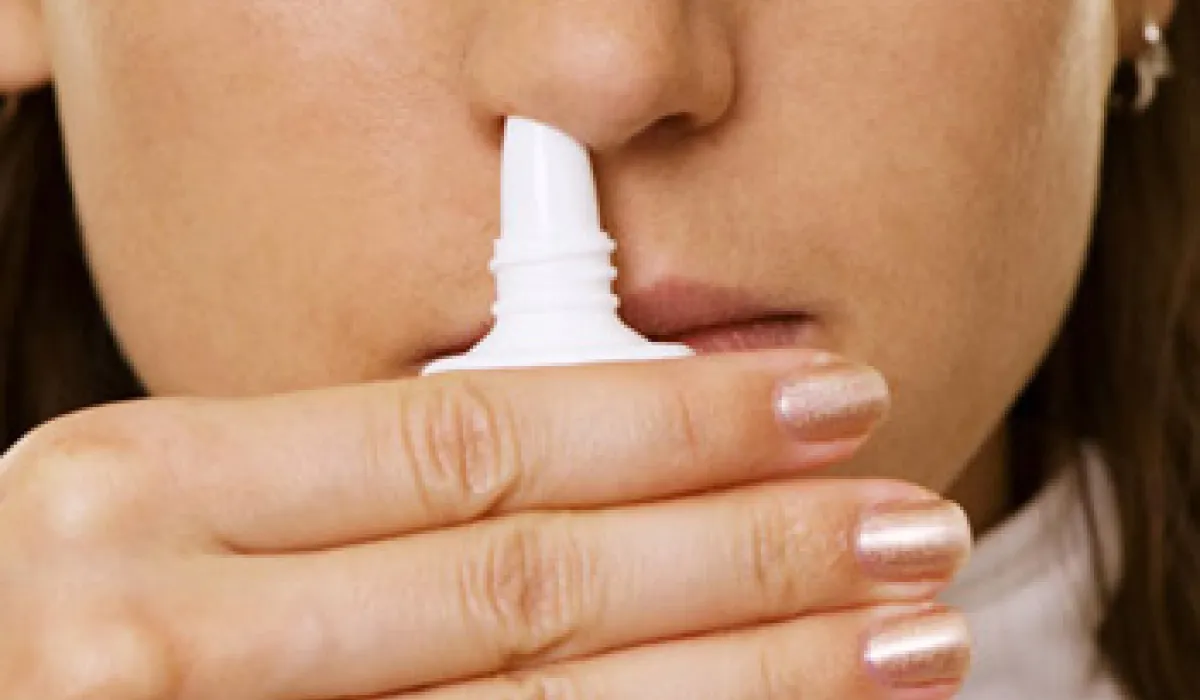NASA will Commercialize a Nasal Spray for Motion Sickness

NASA announced that it had signed an agreement with a pharmaceutical company to develop, test and bring to market a nasal gel designed to ward off queasiness from spaceflight, as well as from more mundane travel.
The active ingredient, scopolamine, is about as effective as antihistamines (such as dimenhydrinate, used in Dramamine) in preventing motion sickness, but carries less risk of common side effects such as drowsiness, according to a recent Cochrane Review. Scopolamine is already available by prescription in patch form.
But the patch delivers the drug in a slow-release, long-lasting stream—it takes hours to kick in. The nasal spray works much more quickly than either the patch or a tablet form of the drug. Levels of scopolamine in the body peak about 22 minutes after nasal administration—twice as fast as the pill—according to a 1996 NASA study on the drug’s bioavailability.
Sixteen volunteers took either nasal scopolamine or a placebo and then entered the HDD, which is a chair mounted inside a metal sphere, with “an aviator-style four-point seat belt and a padded head fixture” to keep the experimental subject strapped down, according to a technical report on the research. Once buckled into the HDD, the subject began to rotate in two directions at once—spinning counterclockwise around the vertical axis at a gradually increasing rate, and rolling steadily from side to side. That continued until the subject reported moderate nausea or until 40 minutes elapsed, at which point the HDD had been cranked up to 40 rpm.

